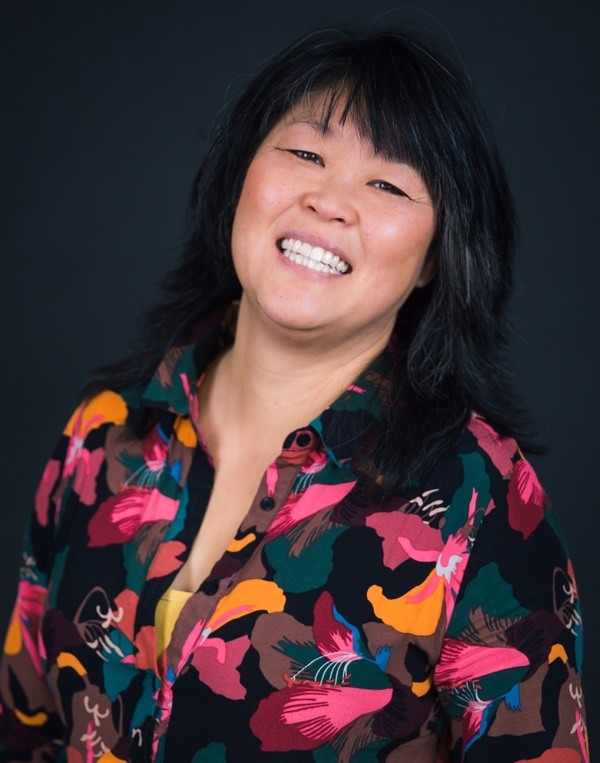A major exhibition on Korea opens in the Princessehof on 16 October. Topics such as food culture, beauty standards and rituals will be highlighted using ceramic masterpieces from the National Museum of Korea in Seoul, which will be exhibited in the Netherlands for the first time. This blog series gives you a look behind the scenes. Each month we will introduce someone who is involved in making the exhibition a reality. This time: Annejil Suk, a member of the sounding board group.

‘I’ve lived in Leeuwarden since I was adopted. I was three years old when I came to live here, but I have Korean roots. For the last twelve years, I’ve been self-employed as a labour expert. I started making Korean food eight years ago because I really got the urge to find out more about Korea around that time. Growing up in the Netherlands, I hadn’t really thought of it before. Korea was a distant memory. I started making Korean food at festivals like Welcome To The Village and in food trucks, and after while I opened my own restaurant on the Eewal in Leeuwarden called Seoulmates.’
Food culture
‘When you eat in Korea, you usually put several dishes on the table and share them with each other. So you don't have your own plate of food. I try to incorporate that culture in my restaurant. But some people don't like sharing food off the same plate; it’s really not a part of Dutch culture. People in Korea eat special food on special occasions, for example, when a child is born or at the beginning of autumn and winter. Kimchi is a well-known side dish in Korea and is very important in the food culture. It is often served in bowls to accompany meat, soup or rice. Another thing they do a lot in Korea is put meat, rice and side dishes into a wrap, lettuce leaf or sesame leaf to make a kind of edible package.’
‘In addition to the Korean food culture, I am immersing myself more and more in the country and its traditions. A broad knowledge of Korea is of course useful when people start asking questions. Korea was a third-world country during the war in the 1950s. But now the country has developed and is thriving economically. I find that very special.’
The story behind the Korea exhibition
‘I was tipped off that the Princessehof wanted to set up a focus group. I think the Princessehof is the best museum in Leeuwarden, so I signed up straight away. We’ve had several sessions with the sounding board group and I think the story behind the exhibition is put together very well. The food culture plays a role, but I think the other subjects are very special too. Korea still has a lot to offer and a lot to discover, and this exhibition showcases that very well.’
